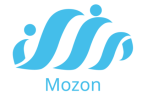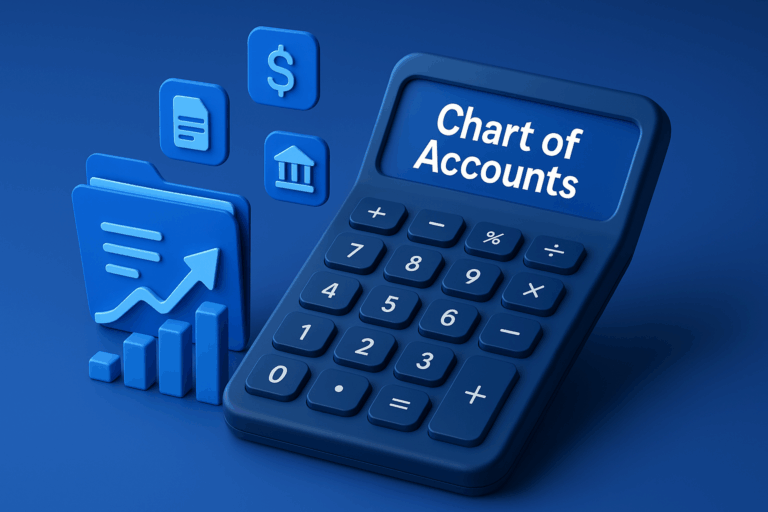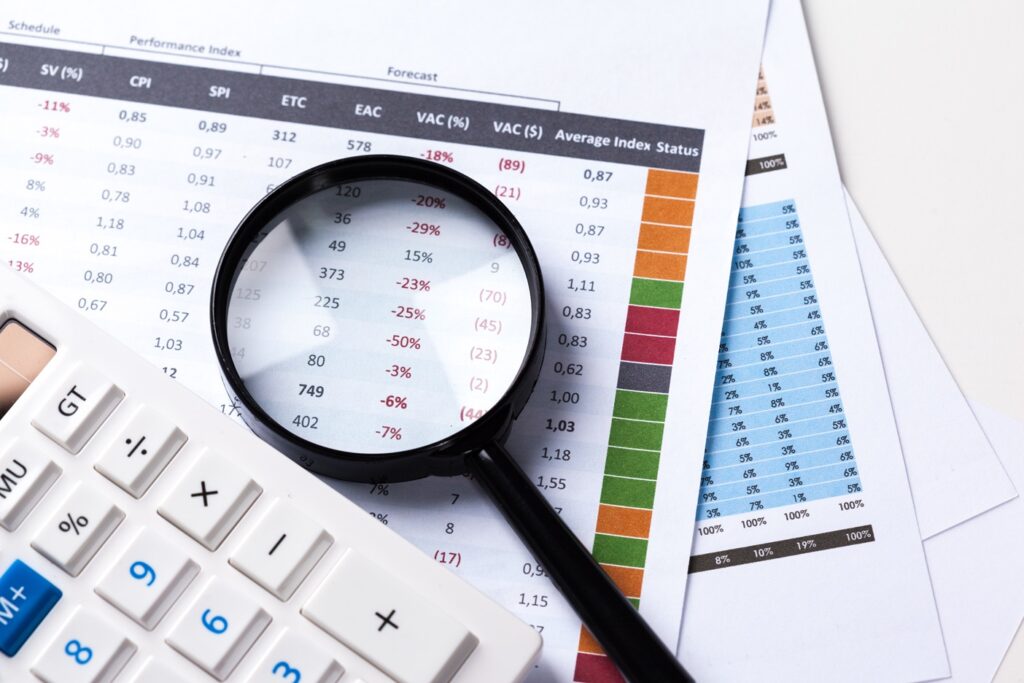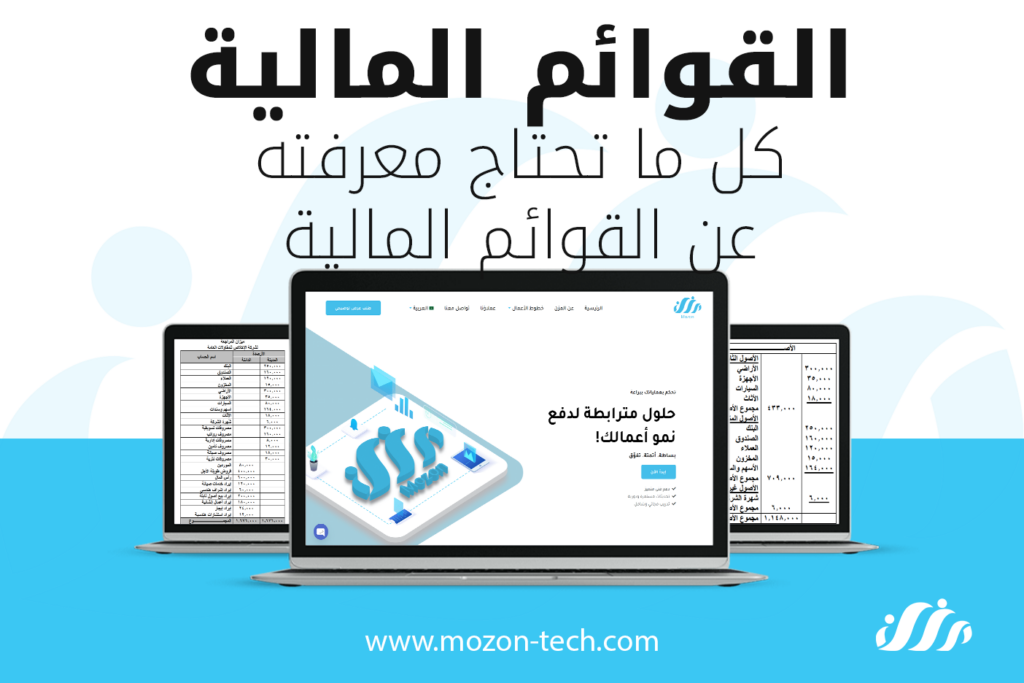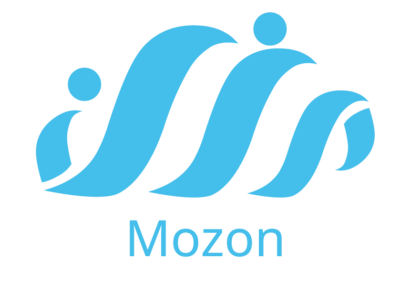In a time when business transactions were written with quill and ink, Luca Pacioli laid the cornerstone of what would later become modern accounting. He wasn’t merely recording numbers; he was building a framework of thought that turned each financial movement into a logical narrative. From this philosophy came the concept of the chart of accounts — a mental and practical structure upon which all financial movements are based and from which reports are understood.
The chart of accounts is not just a list of account names, but a philosophical and systematic framework. It is the structure on which every accounting entry rests and the foundation of every meaningful financial decision.
What Is a Chart of Accounts?
A chart of accounts (COA) is an organized list used in accounting systems to categorize all of a company’s financial accounts. These accounts cover assets, liabilities, revenues, expenses, and equity, and are arranged hierarchically from general categories to specific accounts.
The term “chart” implies branching, much like a tree, with roots, branches, and leaves. This layout allows businesses to trace every account and its place within the financial system.
Why Is the Chart of Accounts Important?
One may ask: why such structure? Why not record transactions directly without organizing accounts? The answer lies in the value the chart of accounts offers:
It provides a clear view of a company’s true financial performance.
It enables in-depth analysis linking every number to a department or cost center.
It ensures timely, accurate, and detailed financial reporting.
It supports auditing and compliance with international standards like IFRS.
Without a structured chart of accounts, accounting systems become fragile and disorganized.
Components of a Chart of Accounts
Typically, the chart of accounts is divided into five main categories:
Assets: Everything the company owns (cash, vehicles, real estate, receivables).
Liabilities: Everything the company owes (loans, payables, accrued expenses).
Equity: Capital, retained earnings, and shareholder contributions.
Revenue: All income from selling goods or services.
Expenses: Operating, administrative, and marketing costs.
Each account is assigned a unique code reflecting its place in the hierarchy. For example: 101010 might represent “Main Cash Account,” while 101020 could refer to “Bank Account.”
Philosophical Principles of Building a Strong COA
Luca Pacioli taught us that accounting is not only about recording figures, but also about analysis, logic, and proper classification. Thus, a well-structured COA should:
Serve the business’s real operational needs.
Be flexible and adaptable over time.
Maintain a balance between detail and simplicity.
Facilitate reporting, planning, and decision-making.
Traditional vs. Digital COA
In the past, COAs were built manually and modified with difficulty. Today, systems like Mozon Financial Management offer advanced flexibility, control, and customization.
Mozon doesn’t treat the chart of accounts as static. It integrates it with all operations, powering real-time insights and instant reporting.
COA in Mozon Financial Management System
As outlined on Mozon’s official page, Mozon is a comprehensive Arabic ERP solution tailored to business needs with precision and financial intelligence.
Key Features of the COA in Mozon:
Ready-made, customizable COA: You can use the prebuilt COA or restructure it entirely.
Import your own chart: Upload your previous COA from Excel or CSV format.
Multi-level hierarchy: Supports unlimited sub-levels for fine-grained categorization.
Integration with cost centers and analytical accounts: Enables advanced financial reports by department, branch, or client.
Direct integration with accounting cycle: Every transaction is tied to the COA.
User access control: Set permissions for who can view or modify specific parts of the chart.
Practical Example: Retail Business
Let’s say you own a retail company dealing in food products and use Mozon. Your COA might include:
Assets
Current Assets
Main Cash Register (101010)
Bank Account (101020)
Inventory – Ready Goods (102010)
Liabilities
Local Suppliers (201010)
Short-term Loans (202010)
Revenues
Retail Sales (301010)
Wholesale Sales (301020)
Expenses
Branch Rent (401010)
Electricity Expenses (401020)
Salaries (401030)
All these accounts can be linked to cost centers like “Amman Branch” or “Zarqa Branch,” and used to generate profit/loss reports per branch or product.
COA and Reporting in Mozon
What makes Mozon powerful is that your chart of accounts is deeply connected to reporting:
Income Statement
Balance Sheet
Expense Reports by Department
Monthly and Quarterly Performance Dashboards
VAT and Tax Reports
How to Start with Your COA in Mozon
Choose the standard COA provided.
Or import your own custom chart.
Modify the accounts as needed.
Link them to cost centers.
Define analytical and summary levels.
Set access and modification permissions.
Common Mistakes in COA Design
Using random numbering, causing confusion.
Overcomplicating with excessive sub-accounts.
Not using cost centers for detailed analysis.
Reusing accounts for unrelated purposes.
Failing to update the COA as the business evolves.
Best Practices for a Strong COA
Apply consistent, logical numbering.
Keep parent and child accounts distinguishable.
Assign every account a clear role.
Review the chart annually.
Involve accounting and audit teams before finalizing.
Conclusion
The chart of accounts is not a luxury — it is a necessity. It is the infrastructure of any strong financial system. In today’s digital world, it’s not enough for accounting to be correct; it must be smart, scalable, and insightful.
Mozon Financial Management gives you more than a static chart. It gives you the freedom to build, grow, and analyze your financial operations with precision.
As Luca Pacioli once believed, an account is not just a number, but a trace. And the chart of accounts is not merely a layout — it is a heartbeat that pulses through every transaction you make.
